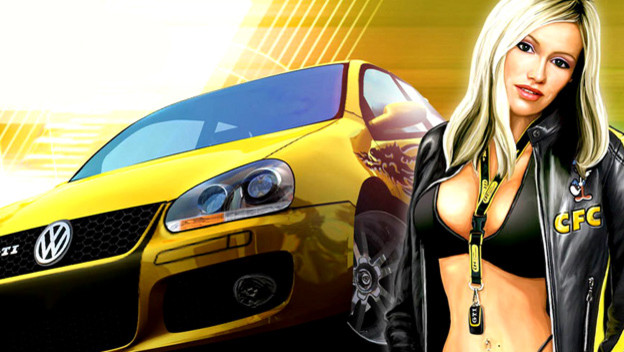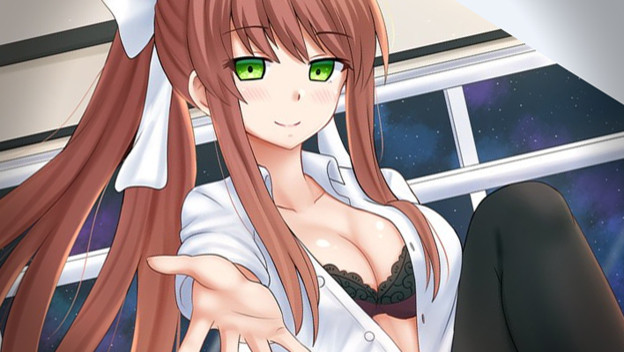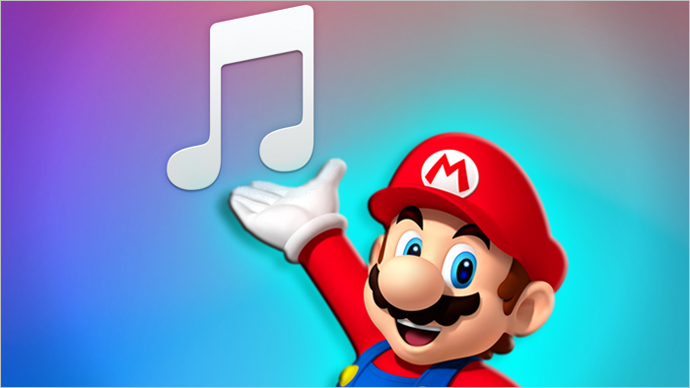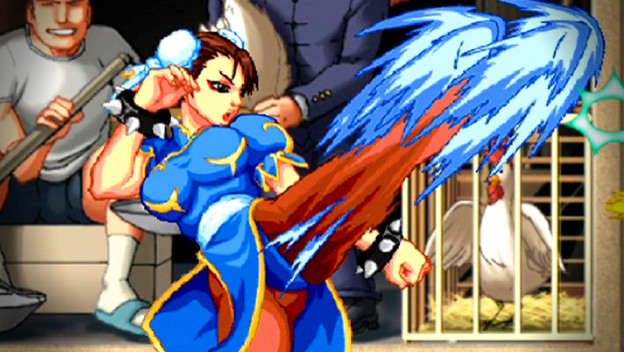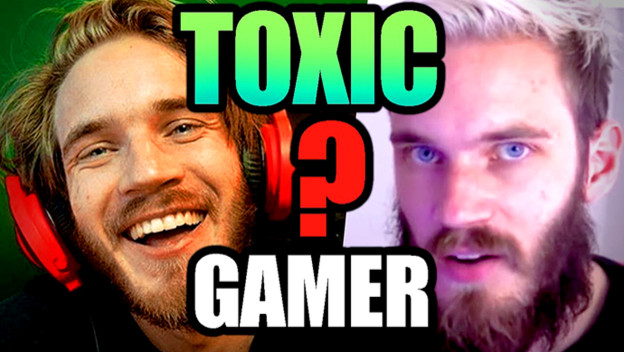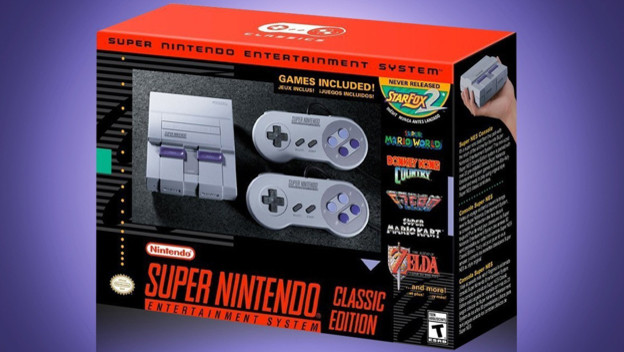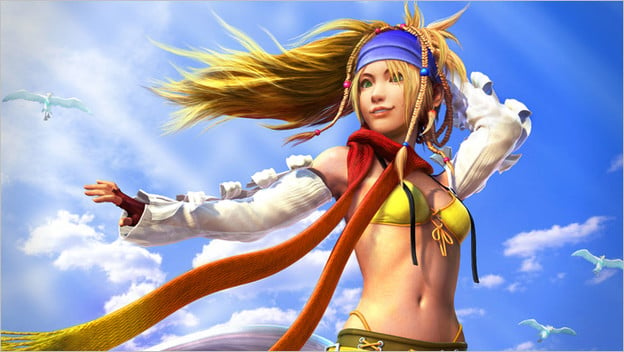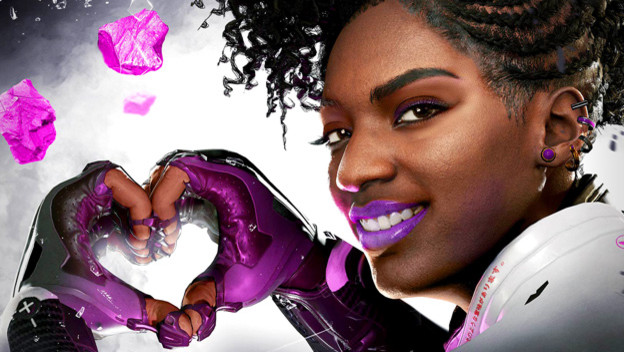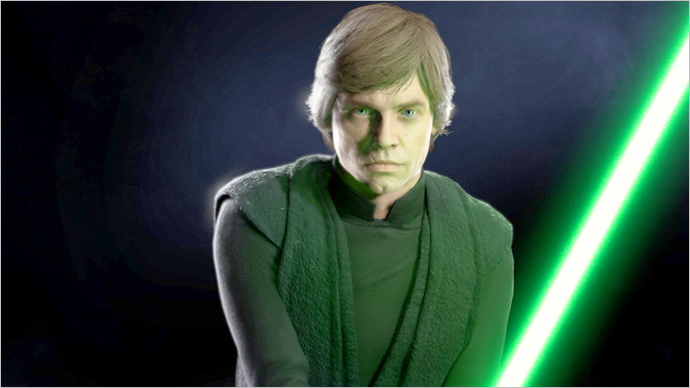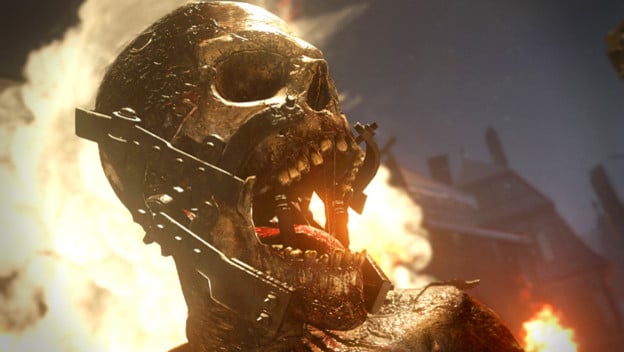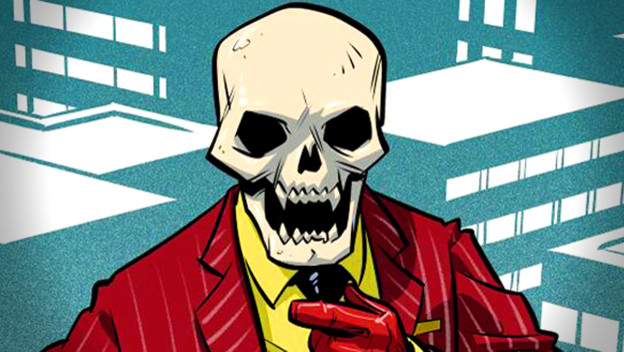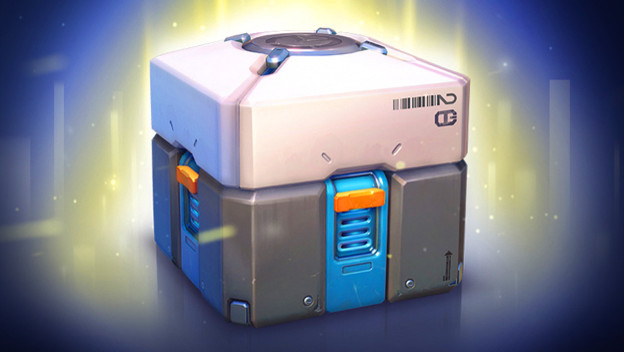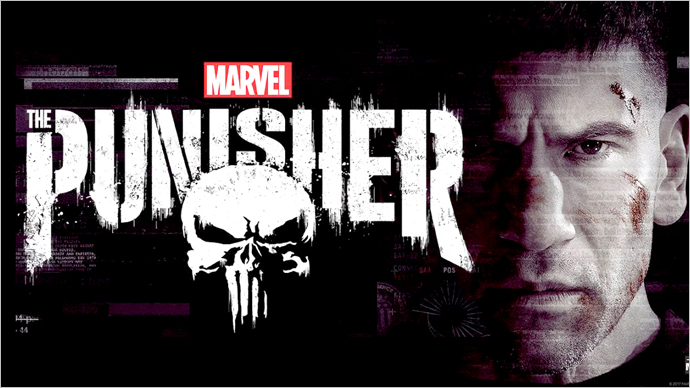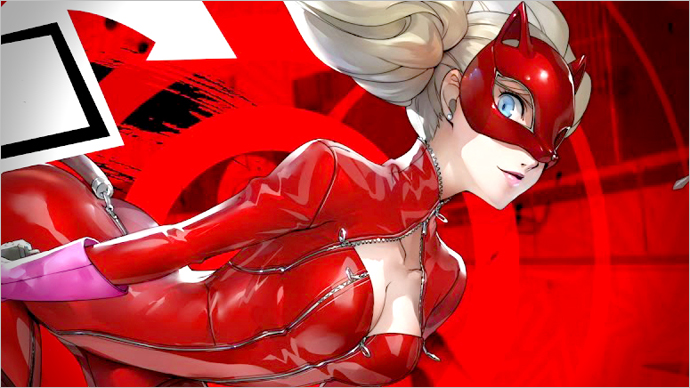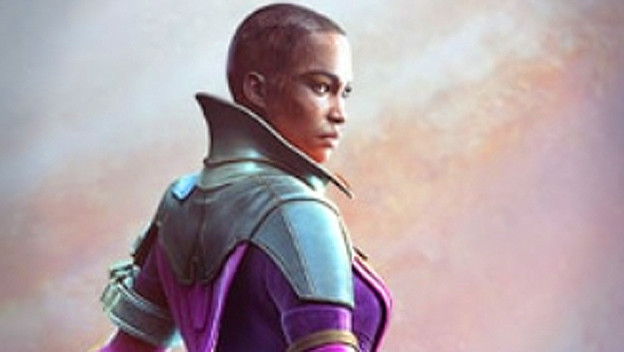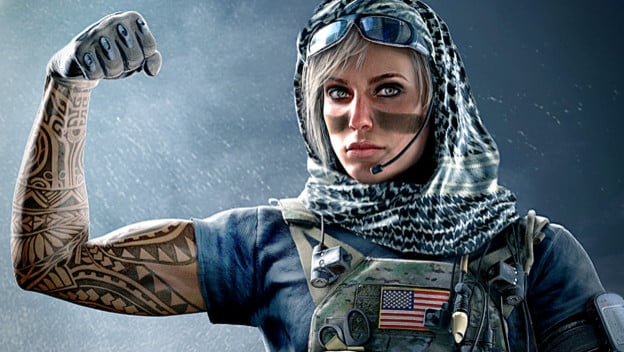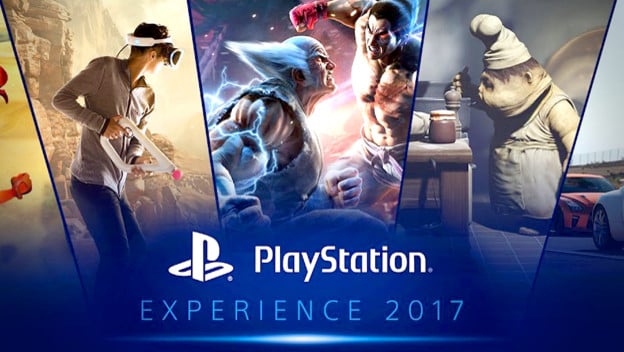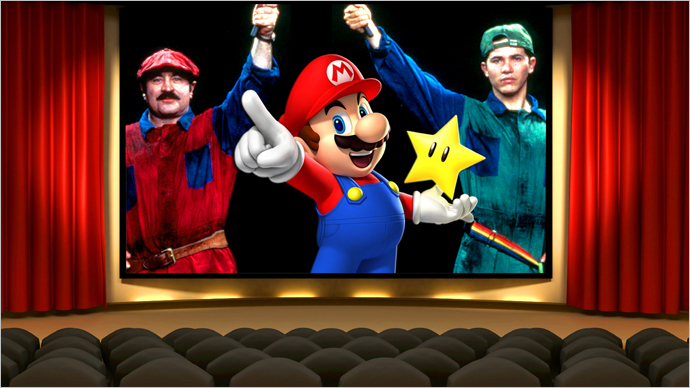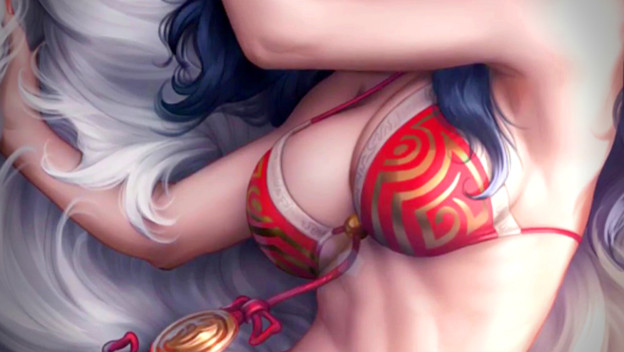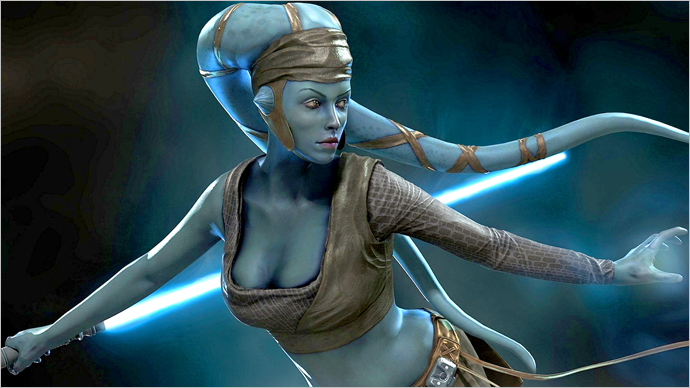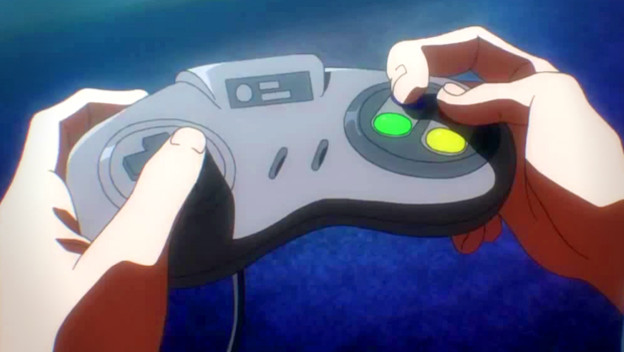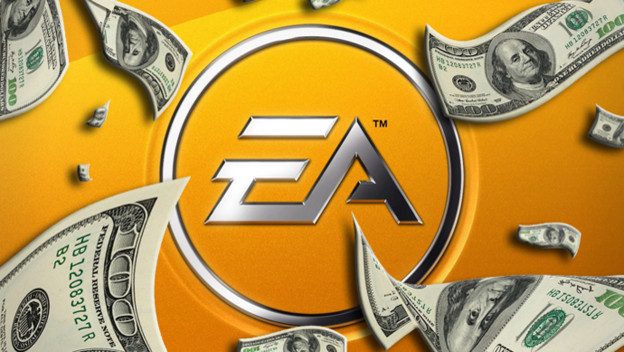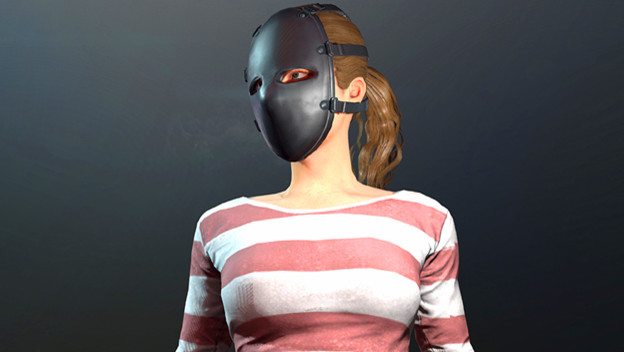
| System: PS4, Xbox One, PC |  |
| Dev: Capcom | |
| Pub: Capcom | |
| Release: September 19, 2017 | |
| Players: 1-2 Player | |
| Screen Resolution: 480p-1080p | Mild Blood, Mild Language, Partial Nudity, Suggestive Themes, use of Alcohol, Violence |
Marvel vs. Capcom: Infinite does not have “bad” graphics. It isn’t an ugly game. But like I mentioned earlier, this game is played safe and sterile with a capital “S” bolted on each. It has the most straightforward, risk-averse, and boring look of any fighting game I’ve played since Virtua Fighter. The whole game has this dull, plastic look that feels like a ham-handed corporate mandate from a Marvel executive focused on making everything Marvel touches look exactly the same. Meanwhile, the other half of the roster comprises noodle-armed anime robots, a cartoon knight half the size of everyone else, and a pair of demons with a lot of little moving parts and odd proportions. All of that is made to fit into the Marvel box, rather than finding a fun, new box to put the whole lot in.
While everything looks fine from a technical perspective and the game looks amazing in motion with the Unreal engine powering detailed environments and Capcom’s penchant for excellent animation, it’s hard to care because of how dreadfully bland the overall aesthetic is. It doesn’t help that the soundtrack suffers as well, with forgettable orchestral noise and phoned-in electronic takes on iconic Capcom tunes. I actively sought key art and music streams when Marvel vs. Capcom 3 was new; here I can barely remember what the game looks and sounds like when I step away from it. The window dressing is super disappointing.
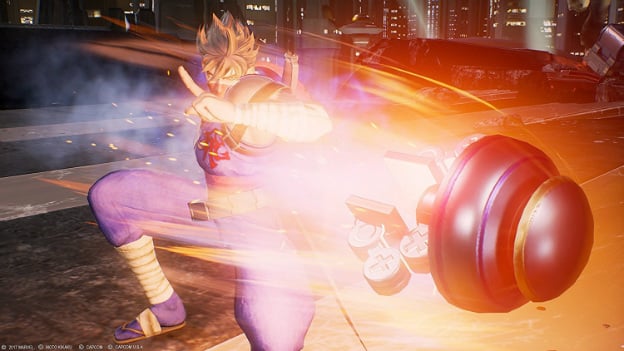
This sense of dissonance I get from Marvel vs. Capcom: Infinite, a jerking back and forth between having fun with the game itself, but not having any fun with it, makes for a strange experience with the game’s story mode. This is yet another take on the style of play introduced by NetherRealm for Mortal Kombat and now expected by casual fighting game fans in literally everything else. I’m not typically a fan of these story modes; I think they make fighting games more disposable and discourage learning and engagement with what actually makes fighting games unique and interesting.
Anyway, it’s about what you’d expect here. You watch cutscenes, then play matches in-between with pre-determined teams. Since the game assumes most casual players will immediately jump into this mode before trying to learn how to play, you can mash the light punch button for an automatic low-power combo. Other settings give players a shortcut to hyper combos and an automatic chase after a launcher. Each of these settings actively gets in the way of high-level play and can luckily be toggled on/off in the settings. The story itself is a wacky attempt at Marvel vs. Capcom world-building, a notion that is hilarious on paper, but is executed in such a goofy and bizarre fashion I found it endearing after the rough opening.
The story starts with the worlds of Marvel and Capcom smashed together via the Infinity Gems, and Ultron and Sigma fusing together to form a fun, new villain. The characters sort of bumble together in a generic-looking set, then get clowned by Ultron Sigma after fighting some robots. Fortunately, the story picks up after that as the cast visits various silly mashups of Capcom and Marvel locales, where the brands interact in fun ways and the jokes actually start getting funny. Capcom’s trademark strange sense of humor and creativity manage to shine through the Marvel blandness during the cutscenes, with particularly fun examples being Ryu and Hulk fighting a giant creature from Monster Hunter and Morrigan hitting on Ghost Rider. The former also appears to be the first in a series of moments that are probably teasing DLC, so that’s fun too. As a longtime Capcom dork, I enjoyed a lot of these little moments in a “low-budget Subspace Emissary from Super Smash Bros. Brawl” kind of way.
Hopefully the novel I just wrote offers some perspective on where I came from going into Marvel vs. Capcom: Infinite. As a set of fighting game mechanics, Marvel vs. Capcom: Infinite is hovering somewhere around brilliance, with a fascinating set of mechanics that respect the appeal of the series while dialing back on complexity for complexity’s sake. At the same time, it feels like half the appeal of this series, the bright, colorful visuals, and high-energy, sometimes experimental soundtrack have all gone out the window in favor of a more generic, brand-friendly Marvel house style. Smooshed in-between is the game’s story mode, which still managed to make me smile as a lifelong Capcom nerd. Despite the Marvel vs. Capcom brand power, the Capcom portion is absolutely the most important, but this time feels like it’s fetching Marvel’s coffee. But this isn’t a kitschy mobile game, it’s a Capcom fighter, and that Means Something – and I can’t shake the feeling that the Marvel Machine doesn’t care.
|
By Lucas White Contributing Writer Date: 09/18/2017 |
Game Features:







